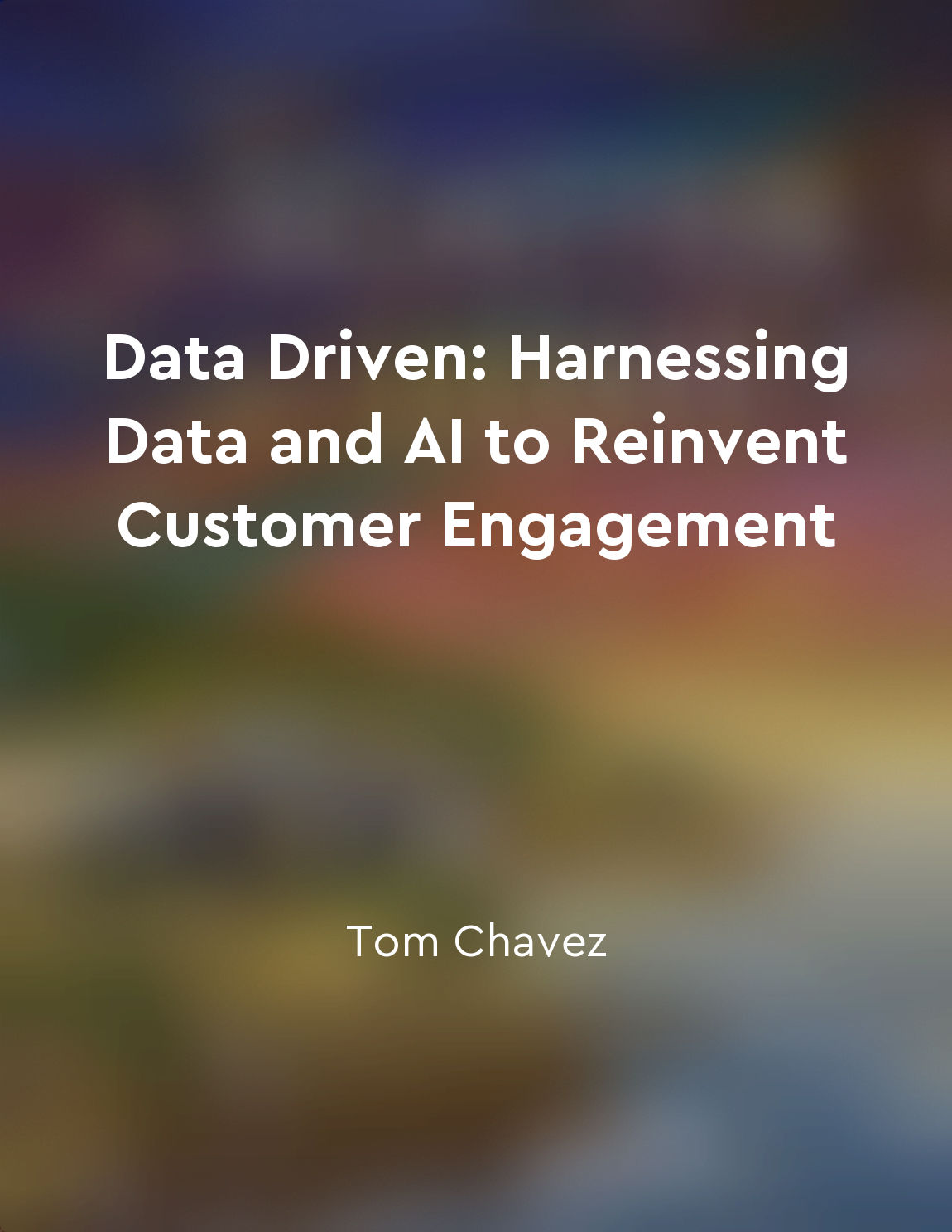Data mining from "summary" of Radical Technologies by Adam Greenfield
Data mining involves the automated extraction of patterns and knowledge from large volumes of data. The practice is driven by the desire to uncover hidden relationships, trends, and insights that can inform decision-making processes. At its core, data mining is about sifting through vast amounts of information to discover valuable nuggets of knowledge that might otherwise remain buried. This process typically involves the use of sophisticated algorithms and statistical techniques to identify patterns and correlations within the data. The sheer scale of data available for mining today is unprecedented, thanks to the proliferation of digital technologies that generate massive amounts of information every second. This data deluge presents both opportunities and challenges for data miners, who must navigate through the vast sea of information to extract meaningful insights. The availability of big data sets allows for more comprehensive analysis and the potential for more accurate predictions. However, this abundance of data also poses challenges in terms of processing power, storage capacity, and data quality. Data mining is used in a wide range of applications, from marketing and finance to healthcare and government. In the business world, companies use data mining to better understand customer behavior, improve marketing strategies, and optimize operations. In healthcare, data mining is used to identify patterns in patient data that can lead to more effective treatments and interventions. In government, data mining is used for tasks such as fraud detection, national security, and policy analysis. One of the key benefits of data mining is its ability to uncover insights that may not be apparent through traditional methods of analysis. By examining large volumes of data from multiple sources, data miners can identify patterns and trends that may have gone unnoticed. This can lead to more informed decision-making, improved strategic planning, and the identification of new opportunities. Data mining can also help organizations to predict future trends and behaviors, allowing them to anticipate changes and adapt their strategies accordingly. Despite its potential benefits, data mining also raises concerns around privacy, security, and ethics. The collection and analysis of vast amounts of personal data raise questions about the protection of individuals' privacy rights. There are also concerns about the potential for data mining algorithms to reinforce existing biases or discriminate against certain groups. As data mining techniques become more sophisticated and prevalent, it is essential for organizations to consider these ethical and social implications in their data practices.Similar Posts
Postindustrial society
In the broadest terms, the postindustrial society is one in which the majority of the workforce is no longer engaged in making ...

People respond to incentives
The idea that people respond to incentives is a fundamental concept in economics. It is the notion that individuals make decisi...

Successful businesses leverage data effectively
The ability to effectively leverage data is a key factor in the success of businesses in today's data-driven world. Data is a v...
Leverage your unique strengths to differentiate yourself in the marketplace
To truly stand out in a crowded marketplace, you must understand what makes you unique and leverage those strengths to your adv...
